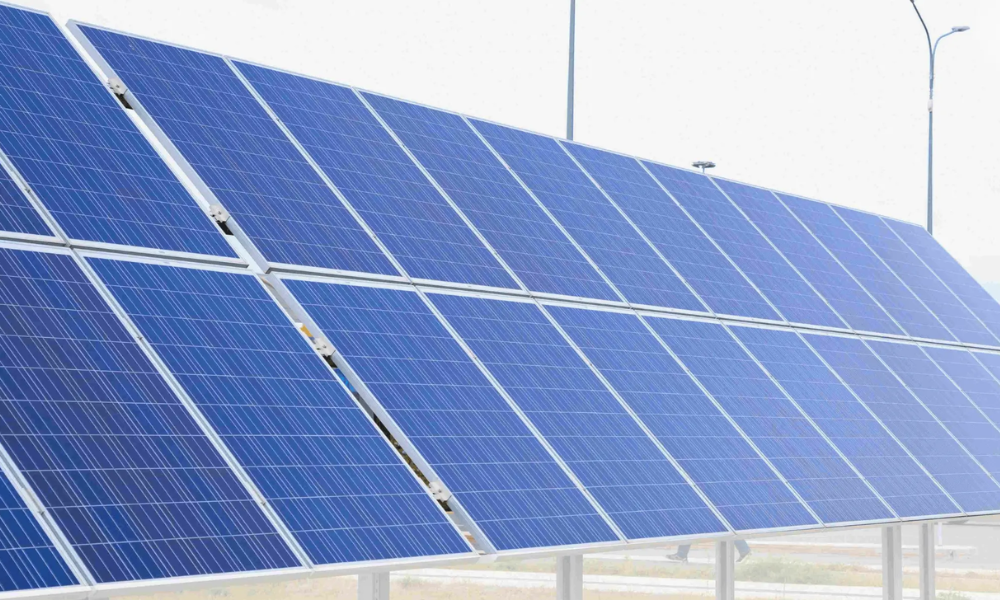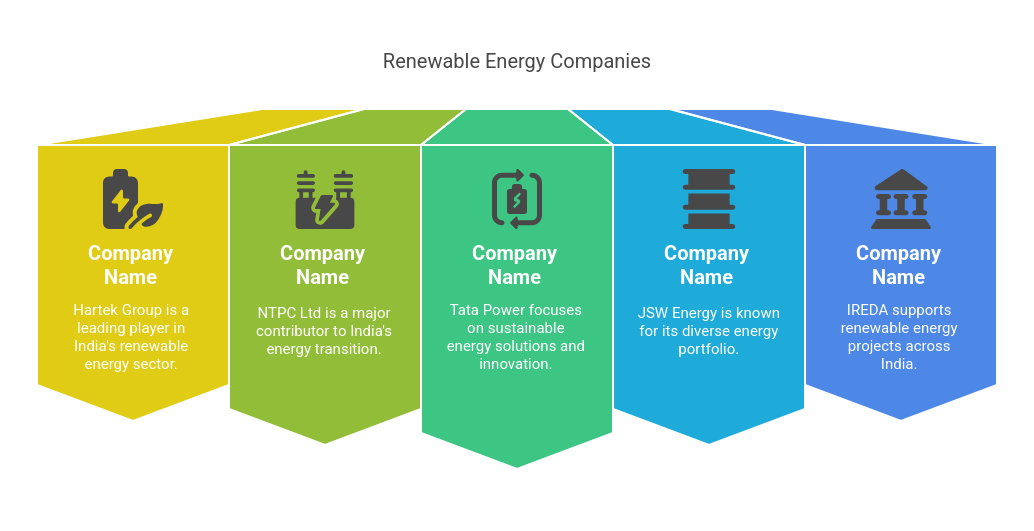India’s aggressive renewable energy goals have set in motion an extraordinary transformation in its energy sector, as it aims to reach 500 GW of non-fossil fuel capacity by 2030. Unfortunately, India’s heavy reliance on imported solar equipment from China poses a substantial roadblock; estimates indicate imports could hit $30 billion per year by 2030, with China serving as its main supplier. With efforts underway to reduce dependence, one must ask themselves: can India truly break free of its dependence?
Reducing India’s dependency will require more than policy adjustments. By 2030, India will need substantial investments in domestic renewable energy capacity, along with technological innovations and international collaboration to build a sustainable solar manufacturing ecosystem. Let’s explore this in detail.

Why Does India Rely So Heavily on China for Solar Equipment?
1. China’s Dominance in Solar Sector
China has long been recognized as an industry leader in solar manufacturing due to its large-scale production capabilities, cost-efficient supply chain, and significant investment in research and development. Chinese firms currently account for nearly 80% of solar panel and module production worldwide.
2. Lower Production Costs
Chinese solar goods tend to be significantly less costly than domestically produced ones due to economies of scale and state subsidies in China. A study found that Chinese solar panels have a minimum sustainable price (MSP) advantage of $0.28 per Watt over US and India solar panels. Chinese firms also boast superior raw material sourcing processes and more efficient supply chains, keeping prices at a more affordable level than domestic competitors.
3. Limited Domestic Manufacturing Capacity
India’s domestic solar power capacity manufacturing sector lacks the infrastructure and scale needed to produce large volumes of equipment. Solar energy continues to dominate India’s renewable energy landscape, showing remarkable growth and technological innovations. As of August 31st 2024, India had amassed an incredible total solar capacity of 89.43GW from utility-scale PV, 13.89 GW grid-connected rooftop projects, 2.59 hybrid hybrid projects (solar component), and off-grid solar PV.
Challenges in Reducing Dependency on Chinese Solar Imports
India faces many barriers when reducing dependence on Chinese solar goods imports and boosting india’s renewables expansion, most arising from existing constraints in its solar manufacturing ecosystem.
1. Inadequate Production Capacity
India’s solar equipment import bill could potentially reach $30 billion annually by 2030 if domestic manufacturing fails to rapidly scale up. Unfortunately, building large-scale facilities requires significant investments and infrastructure development projects, leaving domestic producers without enough resources or funding to increase production to meet national needs without resorting to imports.
2. Competitive and Affordability
Chinese solar products often boast lower costs than similar Indian-produced goods, making them particularly competitive and affordable in India’s cost-sensitive market. Even as Indian companies build production capacity, matching the cost-effectiveness of Chinese goods may prove challenging until similar economies of scale can be realized here.
3. Supply Chain Constraints
Building solar panels requires certain raw materials, such as polysilicon, that India currently imports. Sourcing these materials domestically would involve developing an entirely new supply chain – something time-intensive and costly that might make localization of solar production challenging.
4. Technology and Innovation Gap
India has made notable progress in the solar sector, reaching towards India’s renewable energy target 2030. However, a technology gap with China still exists. To compete with China’s high-efficiency and innovative solar products, India must invest heavily in research and development. By focusing on creating advanced and cost-effective solar technologies, India can lessen its reliance on foreign products.
Steps India Is Taking to Reduce Dependence on Chinese Solar Goods
In response to these challenges, India’s government has implemented several initiatives designed to encourage domestic production, reduce imports and foster self-reliance for solar manufacturing.
1. Imposing Import Duties
One effective strategy to curb imports is through import duties. Introduction of BCD on solar cells at 25% and modules at 40% is a measure to discourage imports and encourage local production.
2. Production-Linked Incentive (PLI) Scheme
India’s Production-Linked Incentive (PLI) scheme aims to boost domestic manufacturing by offering financial incentives for companies that establish large-scale solar manufacturing facilities. Companies receiving financial support under this initiative receive rewards based on production volume and efficiency standards.
3. Investing in Technology Development
India is actively building up its technological capacity within the solar sector. Government programs and partnerships with research institutions are working to enhance the efficiency and quality of Indian-made equipment.
4. International Collaboration and Partnerships
India is seeking partnerships with countries like the US, EU, and Japan to construct large-scale solar manufacturing facilities and encourage knowledge transfer. Partnering with these nations gives India access to advanced solar technology and best manufacturing practices from other nations.
Hartek’s Role in Increasing Renewable Energy Capacity 2030
HARTEK Solar – Renewable Energy arm of HARTEK Group and a premier rooftop and floating solar provider.
We are also involved in a grid connectivity project offering 10GW+ Solar Grid Connectivity.
HARTEK Solar is a renewable EPC company that has completed 120MW+ Solar Rooftop Installed Capacity
We are among top 10 EPC companies
We are also among top 4 Solar EPC in India
Our efforts align with India’s goal of building 500 GW of renewable capacity by 2030, helping achieve national sustainability objectives.
Conclusion
India’s journey toward decreasing its dependence on Chinese solar goods can be daunting but has great promise. The Hartek Group, is one of India’s fastest growing company with offerings that span across Engineering, Renewables,Technology, Construction, Fuel and Manufacturing. Hartek’s Vision 2030 aspires to double solar grid connectivity by advancing distributed solar solutions while targeting ₹10,000 crore in revenue. This strategic vision aligns seamlessly with India’s renewable energy goals, solidifying Hartek’s position as a frontrunner in driving the transition to sustainable and cleaner energy solutions. With this, we are aiding in India’s renewable energy target 2030.
FAQ’s:-
1. Why does India rely on China for solar equipment?
India imports solar equipment due to China’s cost efficiency, large-scale production, and advanced technology.
2. What challenges does India face in reducing solar imports?
India struggles with production capacity, supply chain gaps, affordability, and technology constraints in solar manufacturing.
3. What is India doing to boost renewable energy self-reliance?
India has introduced import duties, the PLI scheme, and international partnerships to enhance domestic solar manufacturing.
4. How does Hartek contribute to India’s renewable energy goals?
Hartek Solar supports India’s 2030 renewable energy target with EPC solutions, grid connectivity, and solar rooftop installations.
5. Can India achieve its 500 GW renewable energy target by 2030?
With investments, policy support, and technology advancements, India is on track to meet its ambitious renewable energy goals.



